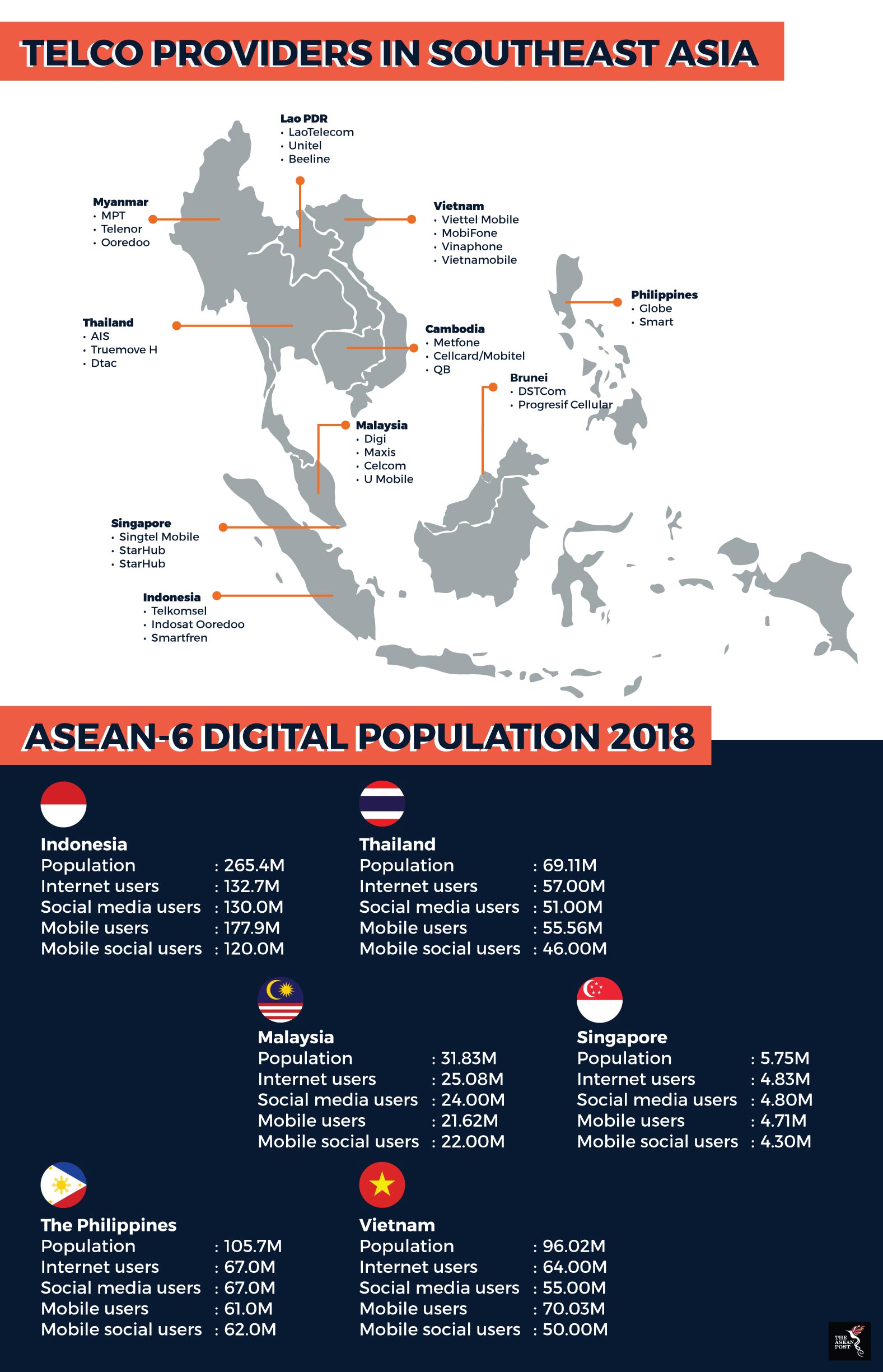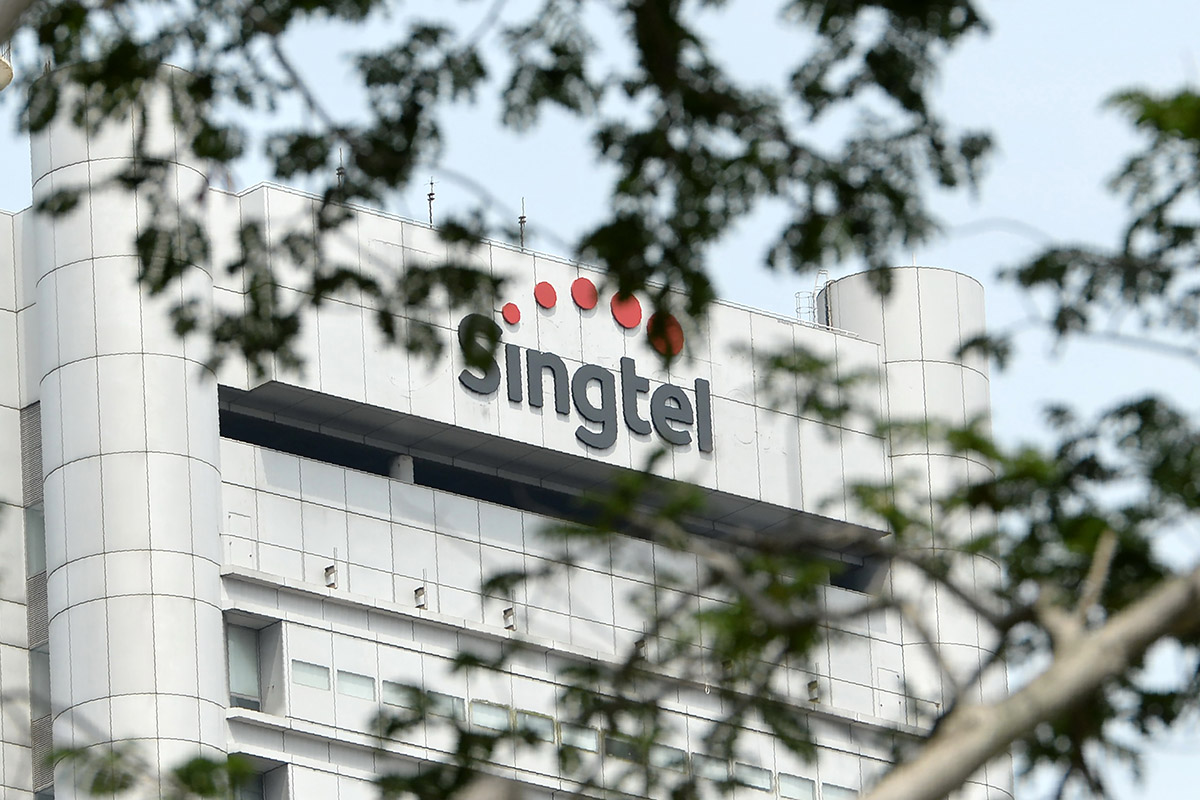Although divided by arbitrary physical borders, the ASEAN region is digitally interconnected. In light of the Fourth Industrial Revolution, technological progress should not be deemed a success, rather it is very much a necessity. More people within the ASEAN citizenry now own smartphones and other digital devices that enable them to keep abreast with what is going on in the complex world around them. Furthermore, the rise of e-commerce or cashless transactions are among the factors that have necessitated the ownership of these tools.
Cognisant of the importance and further potential of the telecommunications market to the advancement of the ASEAN community, the e-ASEAN Framework Agreement was ratified in 2000 by governments of the ASEAN member states. From this point, the initiatives put in place are steered by the ASEAN Telecommunications IT Ministers (ASEAN-TELMIN) who are responsible for delivering on the four objectives of the stipulated framework. Among the goals are the enhancement and strengthening of the ICT sector through an increase in positive competitiveness among ASEAN nations. The ASEAN-TELMIN is also in charge of the reduction of the digital divide within the region.
Telecommunication plans have to be affordable so that more people are able to subscribe to one. Expensive plans have proved to be a significant barrier to mobile broadband adoption, specifically in markets where taxes and fees on the sector are high and customer incomes are low. Such an unfortunate situation can be seen in Lao DPR and Myanmar. It is imperative that both the taxes and fees are reviewed in both countries.
According to research conducted by the Global System for Mobile Communications Association (GSMA), the mobile industry has directly supported 3.7 million jobs in the Asia Pacific region. Not only that, US$82 billion in public funding has been disseminated through this industry (not including regulatory and spectrum fees).

Source: ASEAN Up, 2018
In a connectivity report conducted by Akamai (a pioneer in content delivery network), the average broadband connection speeds (megabits per second or Mbps) of some ASEAN countries are as follows; Singapore 20.3Mbps, Thailand 16Mbps, Vietnam 9.5Mbps, Malaysia 8.9Mbps, Indonesia 7.2Mbps and the Philippines 5.5Mbps.
Given that the global average broadband speed is 10.0 Mbps, most countries in the region are not too far off from this mean. The ASEAN telecommunications market will benefit from such a reading as more people become informed through a constant engagement with the internet by means of broadband and mobile outlets. This will create an increased demand, one that should be met without many hiccups.
It is undeniable that Singapore’s internet speed is one of the best in the world. Singapore’s status as a hub for technology is further enhanced by its plans to launch a 5G Centre of Excellence (CoE) through Singtel and Ericsson. Such a move is indicative of the island nation’s drive in being the regional powerhouse when it comes to the telecommunications market. The CoE is to facilitate 5G development in the country and is projected to roll out globally in 2020. 5G will deliver massive connectivity, ultra-low latency, gigabit speeds, and enable advanced applications including smart cities, Internet of Things (IoT), augmented reality, as well as autonomous vehicles.
It is hoped that 5G development will make its way across the region, in the long run. Also, in accordance with Article 2 of the e-ASEAN framework agreement, cooperation in reducing the digital divide between individuals and amongst ASEAN member states should be the primary focus of the regional telecommunications market. The desire to be competitive should not cloud the agreed upon outline. However, considering the fact that there are dissimilar national economic contexts; regulators and policymakers should realise that a single regulatory solution may not be universally applicable across the board.
A robust mobile sector is an irrefutable economic leverage. Ensuring a competitive ecosystem, timely allocation of resources, fair taxation, and enhanced privacy and security measures for consumers are paramount to growth sustainability and the distribution of benefits of mobile within the telecommunications market to people across the region.
